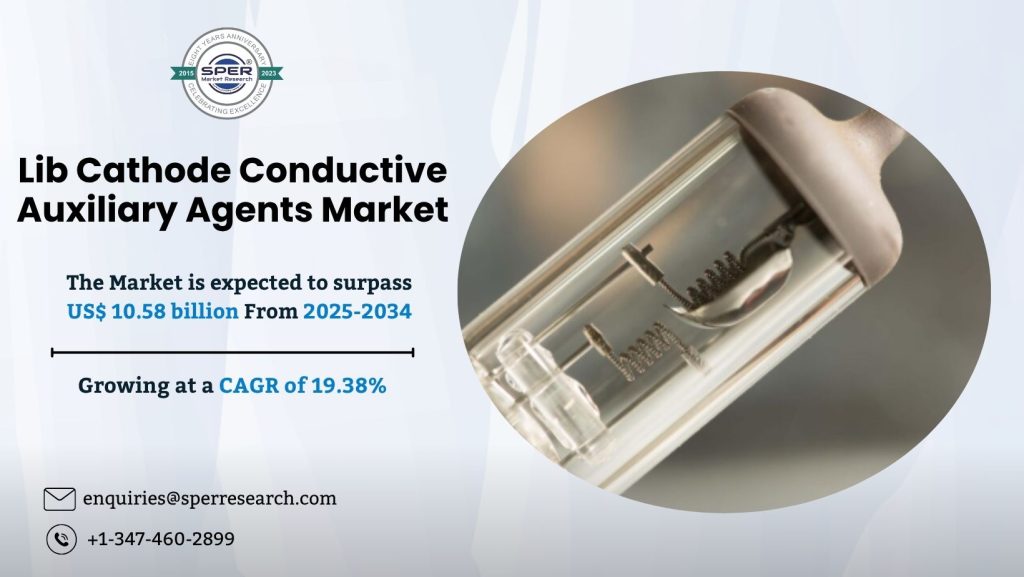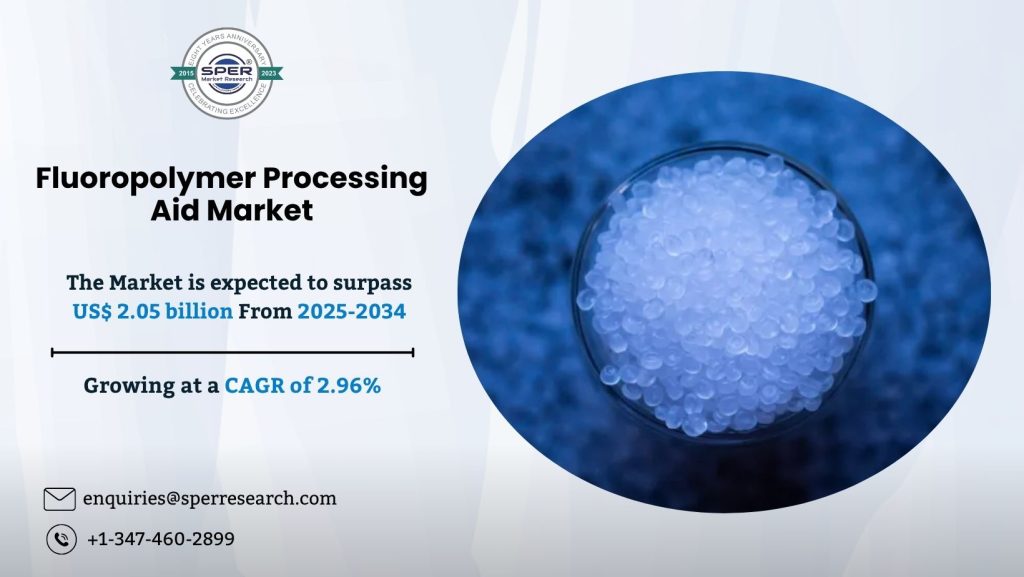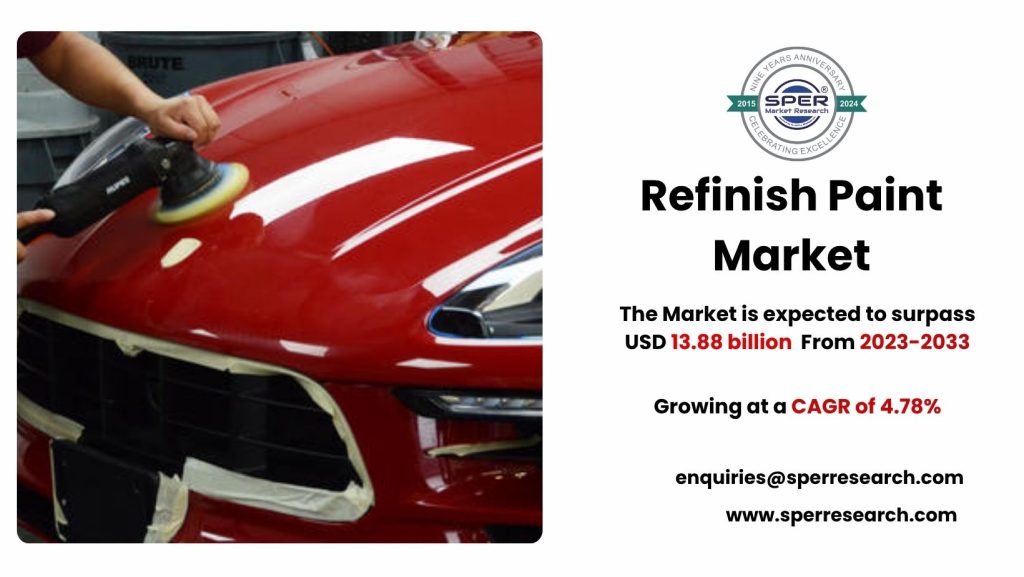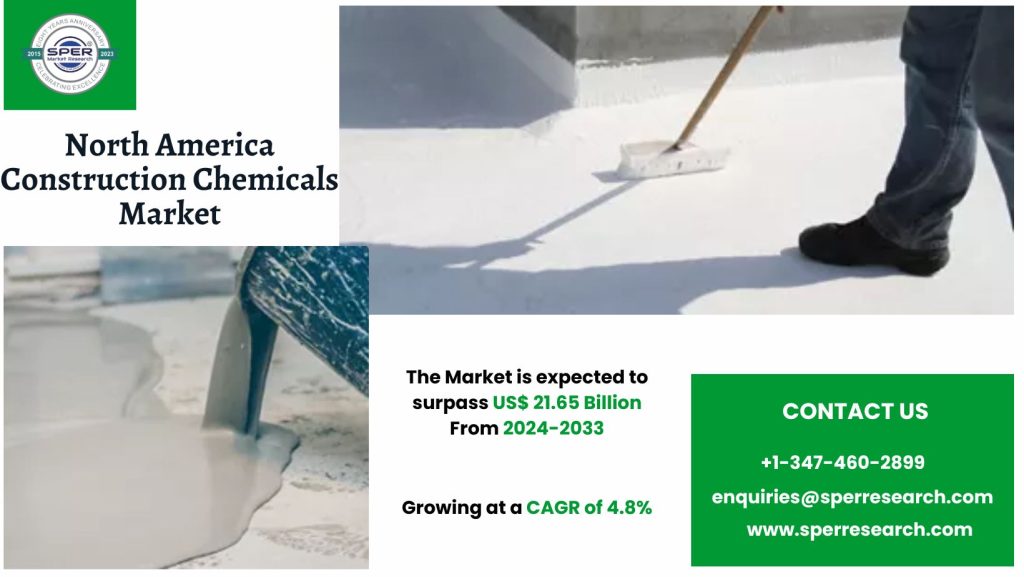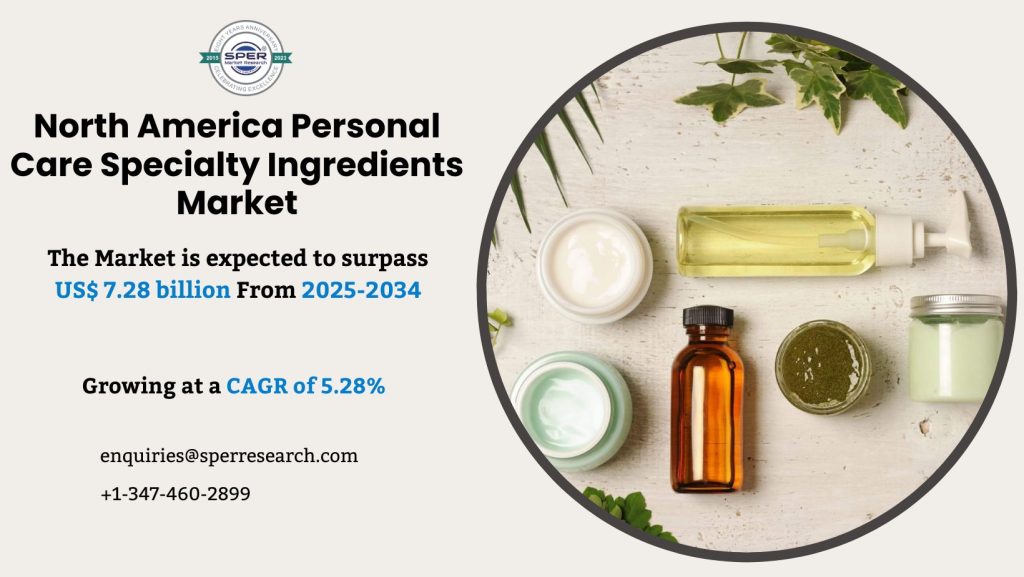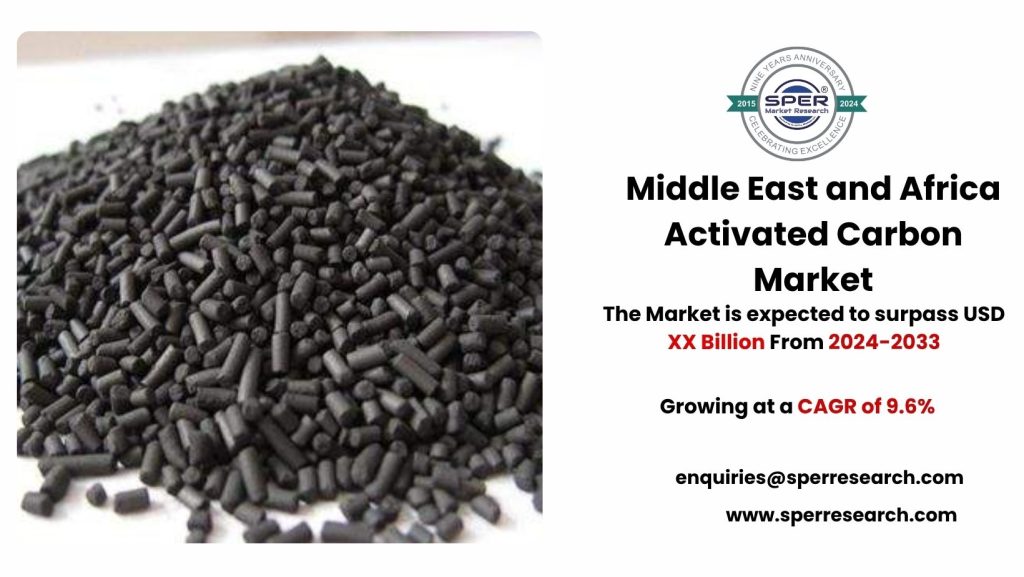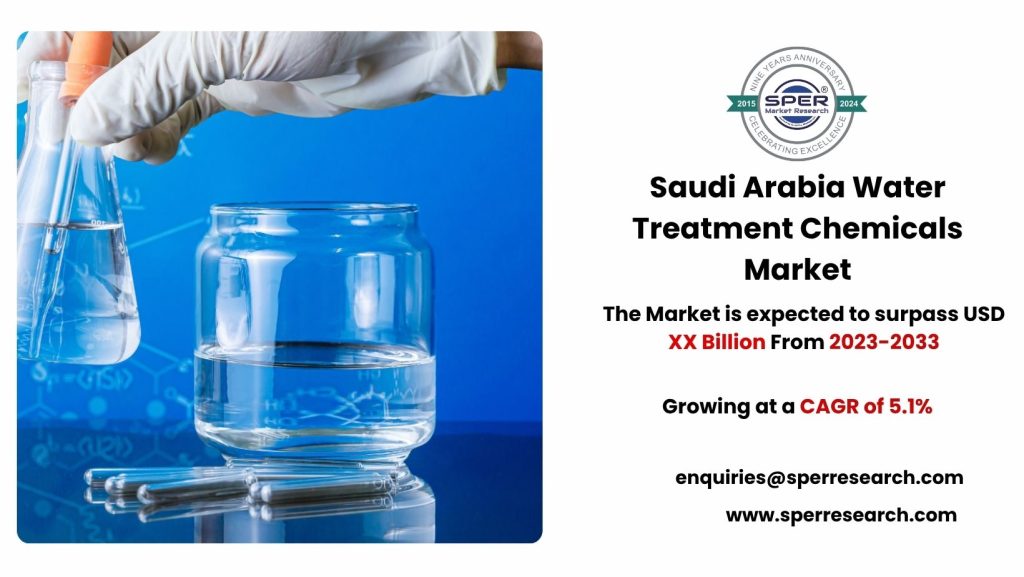Coating additives are specialized chemicals added to paints and coatings to improve their overall performance, application, and durability. These additives help enhance properties like flow control, surface leveling, gloss, UV resistance, and drying time. Common types include rheology modifiers, defoamers, dispersing agents, and wetting agents. They are widely used in industries such as automotive, construction, and packaging to ensure better finish and protection of surfaces. With the growing demand for high-performance and eco-friendly coatings, the use of innovative additives is rising, especially in water-based formulations that meet environmental standards without compromising on quality.
According to SPER Market Research, ‘Coating Additives Market Growth, Size, Trends Analysis – By Product Type, By Formulation Type, By Application, By End User – Regional Outlook, Competitive Strategies and Segment Forecast to 2034’ the Global Coating Additives Market is estimated to reach USD 14.13 billion by 2034 with a CAGR of 5.06%.
Drivers:
The global coating additives market is driven by the rising demand for enhanced coating performance across industries such as automotive, construction, and industrial manufacturing. Additives help improve properties like durability, surface smoothness, corrosion resistance, and drying time. Growing environmental concerns have also led to increased use of low-VOC and water-based coatings, boosting demand for eco-friendly additives. Rapid urbanization and infrastructure development in emerging economies further contribute to market expansion. Additionally, technological advancements like the use of nanotechnology for self-healing or anti-microbial coatings are creating new growth opportunities. These factors, combined with rising aesthetic and protective requirements, are accelerating the adoption of advanced coating additives worldwide.
Request a Free Sample Report: https://www.sperresearch.com/report-store/coating-additives-market.aspx?sample=1
Restraints:
Despite strong growth prospects, the coating additives market faces several restraints. High production and formulation costs of specialty additives limit their usage in price-sensitive markets. Volatility in raw material prices, especially those derived from petrochemicals, can impact cost stability and supply chain efficiency. Stringent environmental and chemical safety regulations require ongoing research and reformulation, increasing compliance costs. In some cases, additives may cause compatibility issues with specific coating systems, leading to performance concerns. Moreover, lack of awareness about advanced coatings and limited adoption in underdeveloped regions restrict overall market penetration. These challenges hinder the broader application of coating additives despite rising global demand.
North America dominates the global coating additives market due to its advanced industrial base and stringent environmental regulations that drive demand for high-performance and eco-friendly coatings. Some key players are- LANXESS, Arkema, Evonik Industries AG, Solvay, Eastman Chemical Company, Ashland, CLARIANT, Dow, BASF SE, Momentive.
For More Information, refer to below link: –
Coating Additives Market Outlook
Related Reports:
Construction Silicone Sealants Market
Follow Us –
LinkedIn | Instagram | Facebook | Twitter
Contact Us:
Sara Lopes, Business Consultant — USA
SPER Market Research
enquiries@sperresearch.com
+1–347–460–2899

